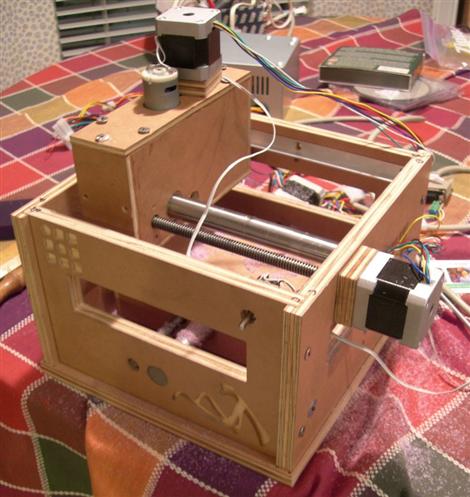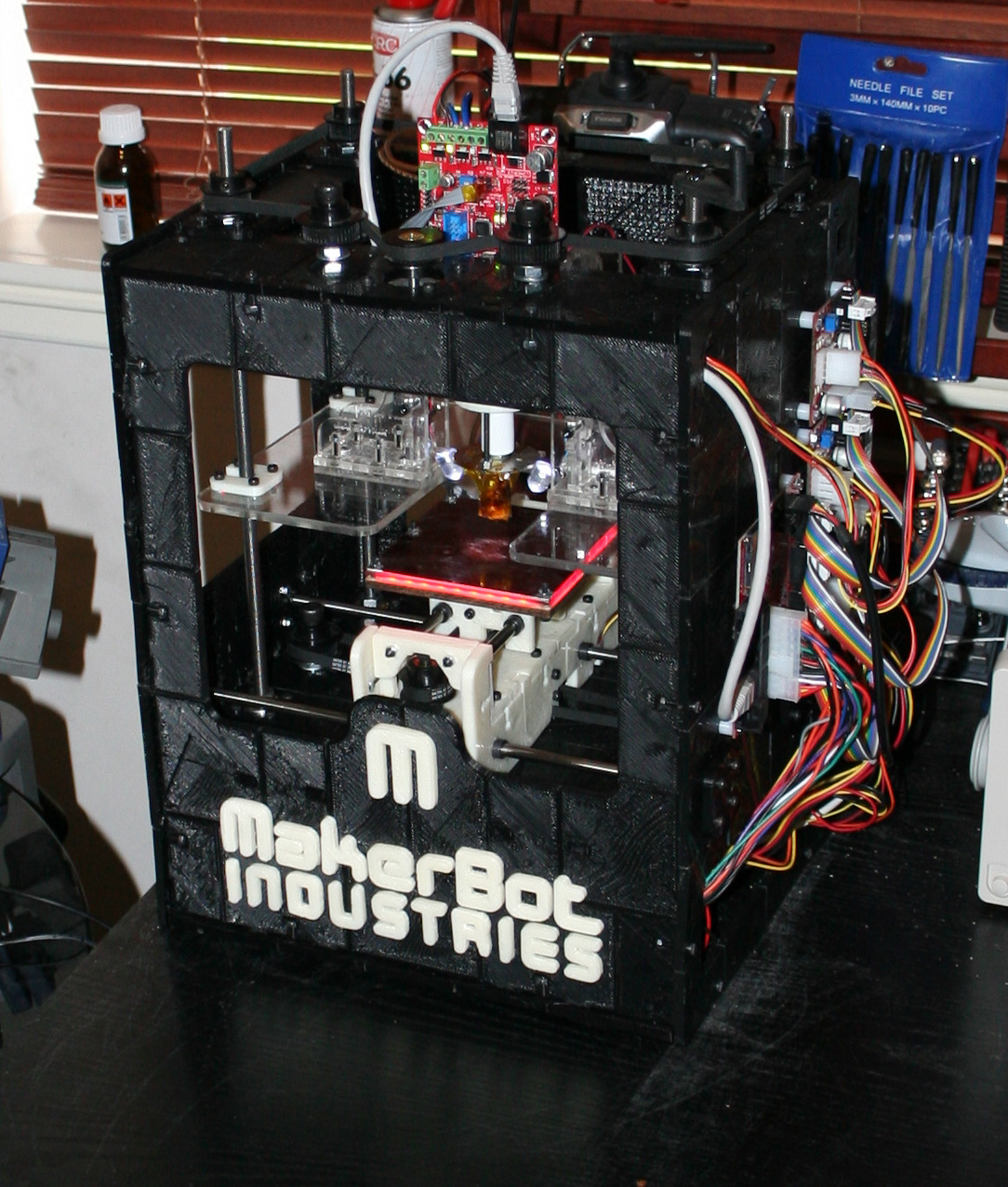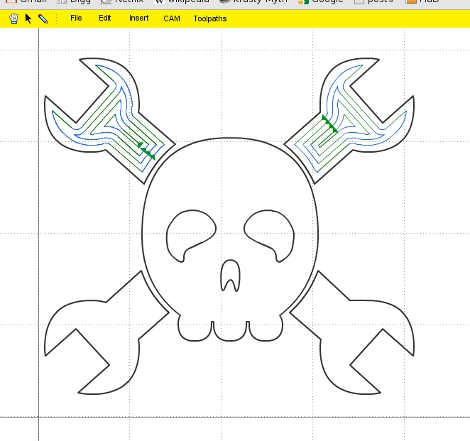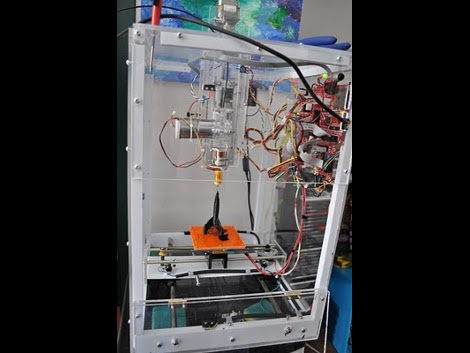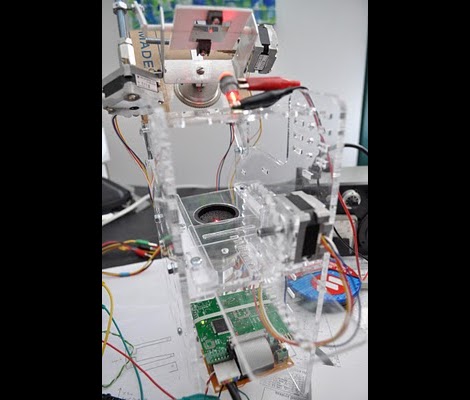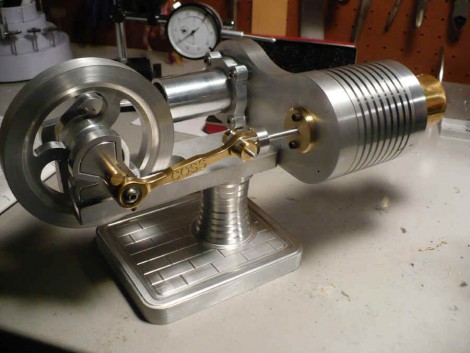
Satisfy your need to view some quality machining by looking through this Stirling engine worklog. We’ve seen these engines used a few other times in creating electricity from solar energy, powering a car, and even built from aluminum cans. [David Morrow] built this rendition to push the limits of his machining skills. We’d say he succeeded. The finished piece should run with the help of a heat source such as a candle. There’s no video of this engine, but we’ve embedded a clip of a similar device after the break in order to give you an idea of how this would work.

